AO Edited
Holy Church of Saint Andrew
A martyred saint built a nunnery and school for girls here known as the "Parthenon."
Regoula Benizelos was born in Athens on November 21, 1522. The daughter of Byzantine aristocrats, Angelos Benizelos and Syrigi Palaiologina, she was born into wealth and luxury. In 1536, she was married against her will to a nobleman at the age of 14. After three years, her husband died in 1539.
After his death, Regoula turned to prayer, charity work, and managed the family’s philanthropic efforts until her parents died in 1549. In 1550, Regoula became a nun, took the name “Philothei” and, in 1551, founded a nunnery in honor of St. Andrew the Apostle on the site of a ruined 1st-century Christian basilica.
The nunnery was Π-shaped with a large domed katholikon (Greek Orthodox Church on site) supported by four columns in the center. Also built on the grounds were a chapel, hospital, hostel, orphanage, water well, and a small crypt built from the ruins of the ancient basilica. The nunnery became known as the “Parthenon” as it became a refuge for impoverished women from all backgrounds who were taught skills without the obligation of becoming a nun.
Philothei also built a school for girls, which became known as the “Parthenon.”
Philothei’s wealth enabled her to buy the freedom of women in the Acropolis harem and other enslaved women. But the Ottoman Sultan did not take kindly to her actions. During the Vigil for Saint Dionysius the Areopagiteon on October 3, 1588, Ottoman soldiers burst into the nunnery, arrested, and severely beat the elderly Philothei.
The 66-year-old nun never recovered from her injuries and died on February 19, 1589. Shortly thereafter her relics were taken to the Athens Metropolitan Cathedral, where they’ve remained ever since.
Philothei’s nunnery was largely undisturbed until the capital of Greece was moved to Athens in 1834, at which point the nunnery was converted into a barracks and came under the control of the military. The monastery was later turned back over to the Greek Orthodox Church.
In 1890, the katholikon and all other buildings except the chapel were demolished to build the Archbishop’s Residence, Archdiocesan Headquarters of Athens, and the present-day church, the Holy Church of Saint Andrew (“Parthenon”), where Philothei’s loom is preserved in an underground crypt. Construction was completed on the new church in 1893.
Know Before You Go
The church holds Vespers service at 6:00 pm and liturgy each Sunday (in English) at 9:30 am. The church celebrates the annual feast for Agia (Saint) Philothei on February 19 and Agios Andreas on November 30.
Dress codes vary from church to church in Greek Orthodoxy. If you wish to enter the church, wear modest clothing and be respectful. For men shorts, tank tops/sleeveless shirts, and sandals/flip flops are frowned upon. Women's shoulders should not be shown in church, so anything strapless or with thin straps should be avoided. Skirts and dresses should at a minimum come below the knee. Some churches ask that no leg be shown. Feet should be kept on the ground when seated as it is considered insulting for the bottoms of feet to face holy images.

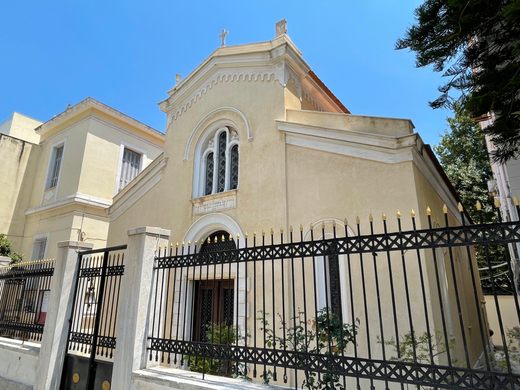
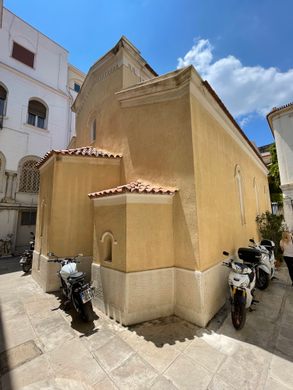
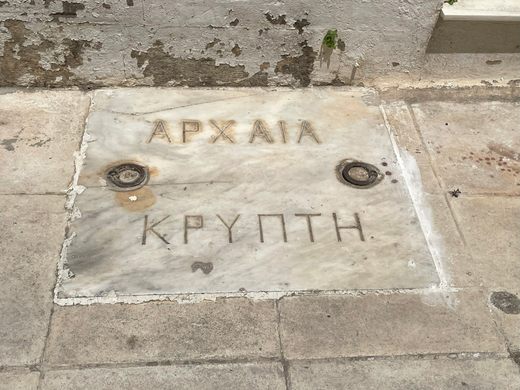
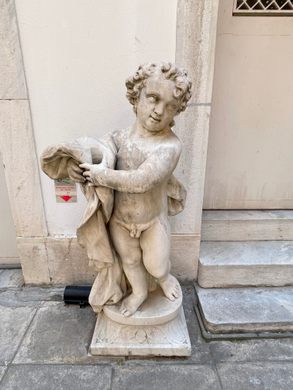
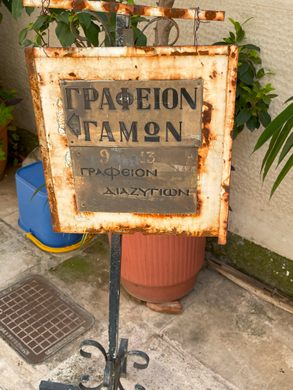
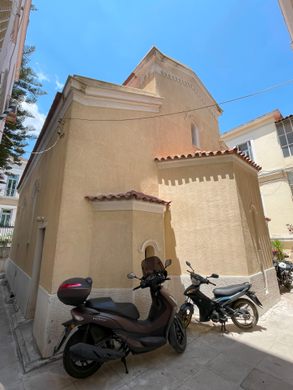
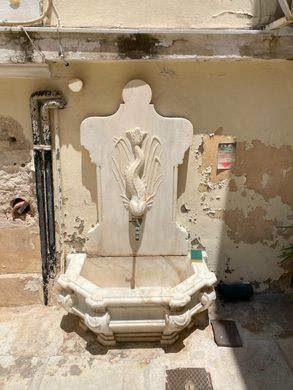
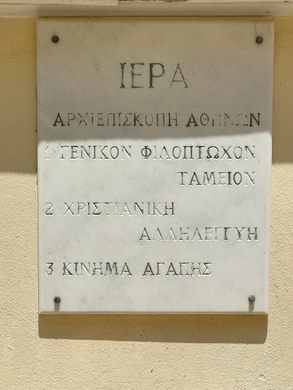
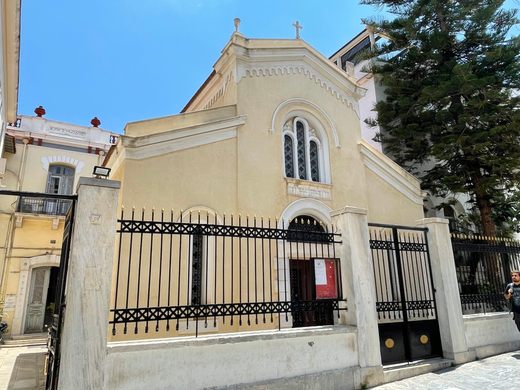
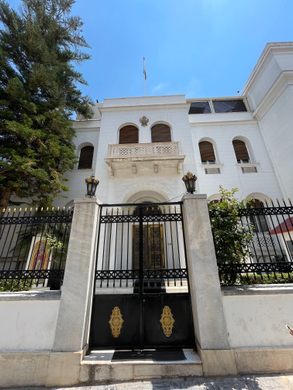
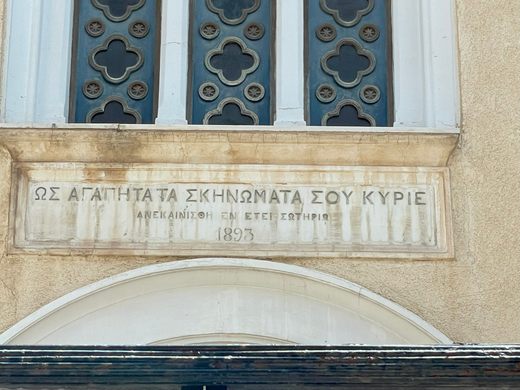
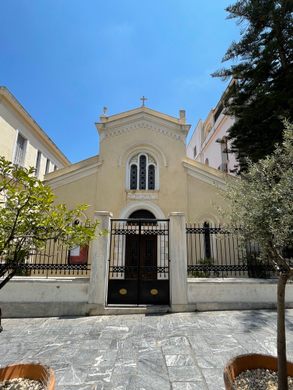





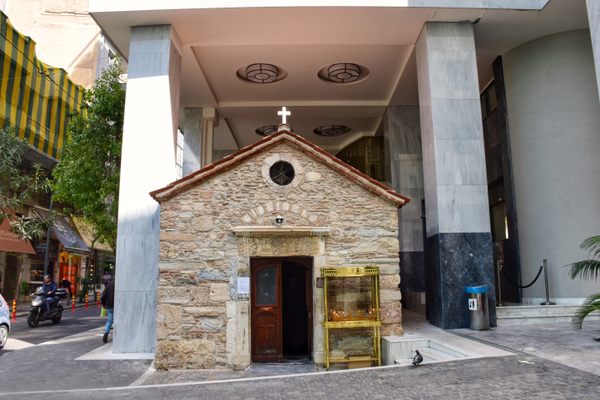
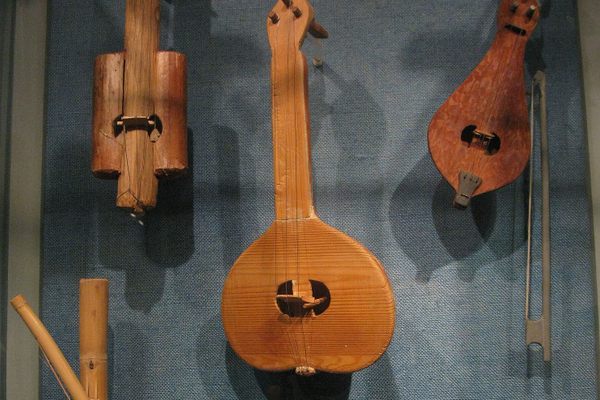
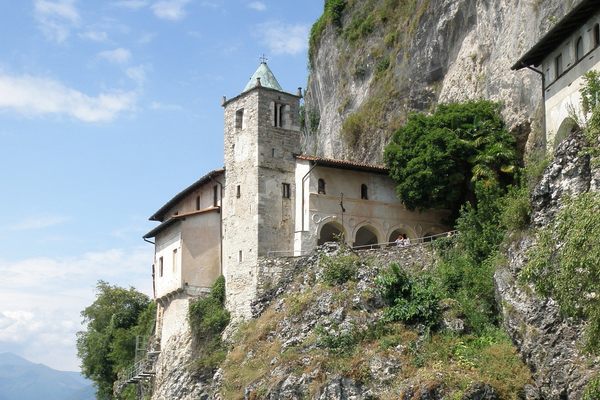
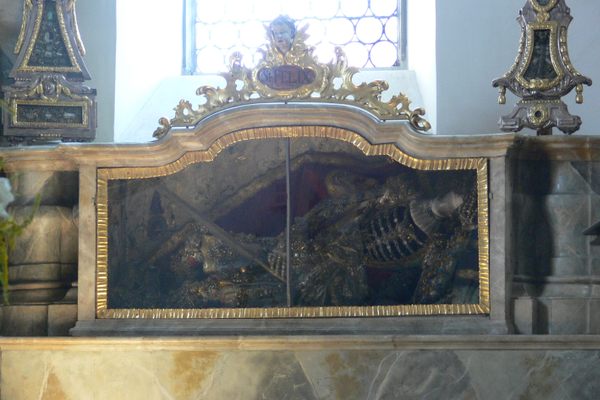



Follow us on Twitter to get the latest on the world's hidden wonders.
Like us on Facebook to get the latest on the world's hidden wonders.
Follow us on Twitter Like us on Facebook